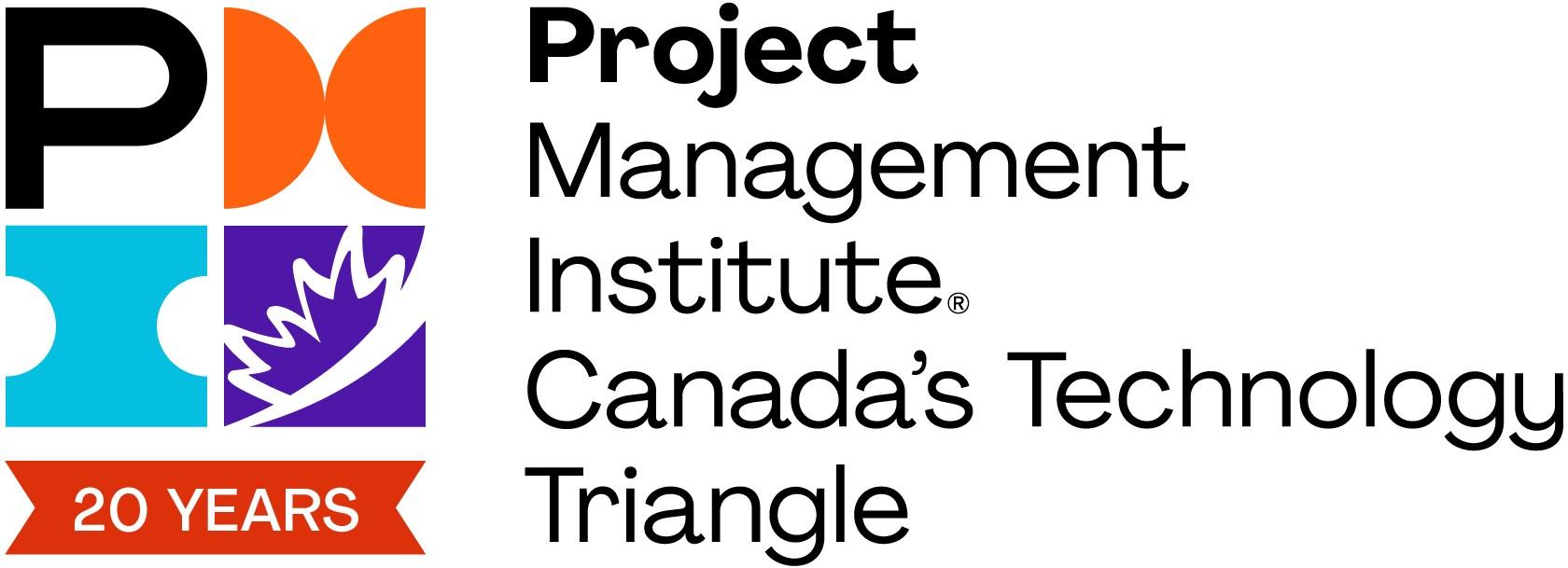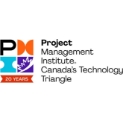April 10 2024 at 03:00PM
Integrating Value Stream Mapping with Risk Management in Agile Projects
If you're a project manager who knows agile methods, you have many tools to help you manage projects more effectively. Value Stream Mapping (VSM) can help you with that, as it improves project planning and helps you manage risks. VSM is a Lean tool that shows and examines a project's stages from start to finish, removing activities that don't add value. For Agile teams, VSM improves clarity, effectiveness, and customer value delivery, creating a good base for managing risks well.
Streamlining Project Planning with VSM
Here is how VSM can help you with project planning:
Mapping Out the Value Stream
Start by listing all the tasks needed to produce the project's output. Getting the team's input in this phase ensures a complete view and helps spot possible risks early in the project lifecycle.
Current State Analysis
We can identify inefficiencies and waste using VSM to examine the current state. This step is vital for finding possible risk sources, especially those affecting project flow and delivery.
Future State Design
Design a future state based on the current state that reduces risks, improves processes, and follows Agile flexibility and customer orientation principles. This vision of possible problems helps to plan for risk management strategies.
Change Implementation and Validation
Use Agile methods to implement required changes, with repeated cycles for ongoing enhancement and risk evaluation. This phase involves executing plans and verifying their effect on project risk and efficiency.
Weaving Risk Management into VSM
Once you’ve created the VSM for the Agile project, use the map to manage risks by following these steps:
Proactive Risk Identification
Make risk identification part of every step of VSM, from drawing the value stream to examining the present and future states. This way, risk management is not a last-minute concern but a constant focus.
Risk Prioritization
Use the knowledge gained from VSM to rank risks according to how much they could affect the value stream. This approach ensures that efforts are aimed at reducing risks that could seriously damage project results.
Agile Risk Responses
Create adaptable risk responses that can be easily adjusted to new information. VSM helps comprehend the project's flow, allowing for more focused and efficient risk mitigation strategies consistent with Agile practices.
Iterative Learning and Risk Adjustment
Apply Agile iterations to project development and risk management. This enables frequent risk evaluation and plan changes, creating an environment that can adapt to change and uncertainty.
Enhanced Communication and Collaboration
VSM helps all stakeholders to have a thorough knowledge of the project's processes, which enables them to communicate more effectively about risks. This shared understanding and collaboration are essential for quickly finding, evaluating, and quickly addressing risks.
Using VSM in Risk Management: An Example
Project Context: Launching a New Online Service Platform
Step 1: Integrate Risk Identification with VSM
The project team maps the value stream for the new service platform and finds possible risks at each stage. For instance, they mention third-party API integration delays in the development phase and server scalability issues in the deployment phase.
Step 2: Prioritize Risks
The team applies the knowledge they obtained from VSM to rank the risks. They regard API integration delays as a high priority because this could greatly affect the project schedule. Server scalability issues are also ranked highly because of their possible impact on user experience and service quality.
Step 3: Develop Agile Risk Responses
The team makes adaptable plans to deal with high-priority risks. They work on fake interfaces and mock third-party services to avoid API integration delays. They also use cloud services that can auto-scale to prevent server scalability issues.
Step 4: Iterative Learning and Risk Adjustment
The team uses risk management as part of its Agile process. Based on new data and achievements, they review the existing risks and their mitigation strategies in each sprint. This cyclic method enables them to modify their risk management strategies, ensuring that the project stays on course despite ambiguities.
Step 5: Enhanced Communication and Collaboration
The project manager ensures everyone knows the risk information and can openly discuss managing risks. This collaborative approach helps find new risks and improve ways to prevent or reduce them, using the shared knowledge and views of the team and stakeholders.
Strategic Risk Management for Agile Environments
Project managers who want to be efficient and effective in small Agile projects can use a powerful framework that combines Value Stream Mapping and risk management. These methods help project managers deliver value to the customer more smoothly and avoid possible risks. This dual focus improves project results and helps teams handle the challenges of Agile projects with confidence and strategic vision. For skilled project managers, learning to balance VSM and risk management is essential to successfully managing Agile projects.



